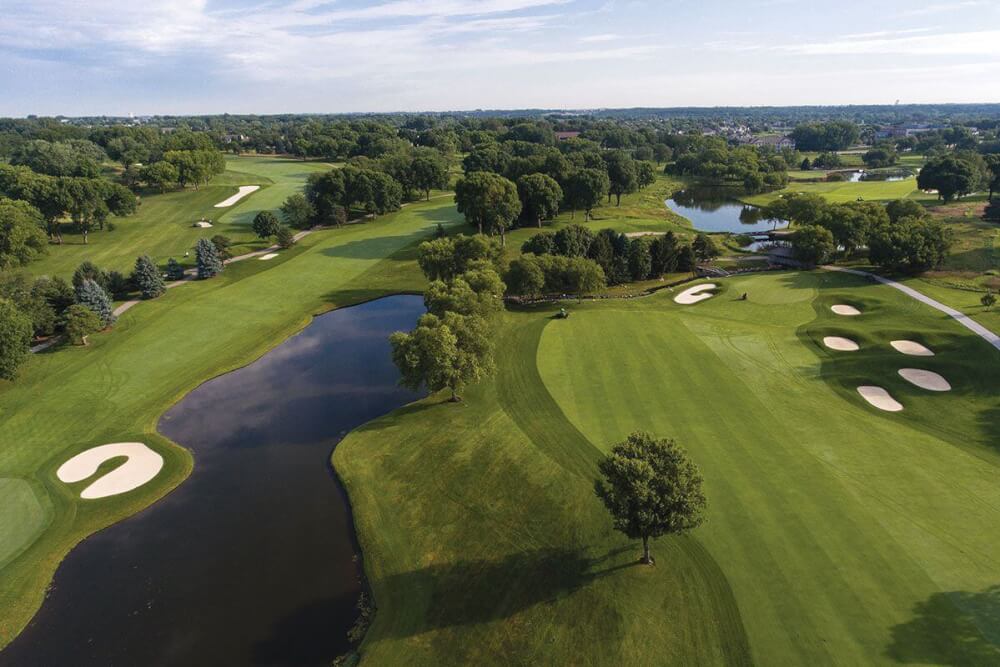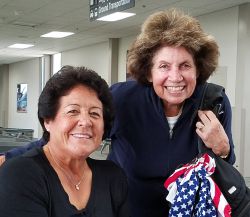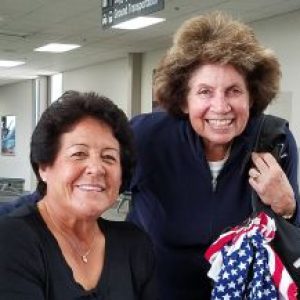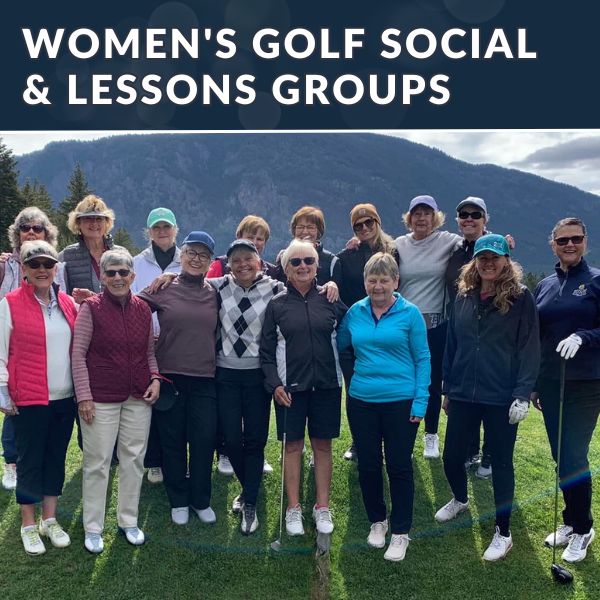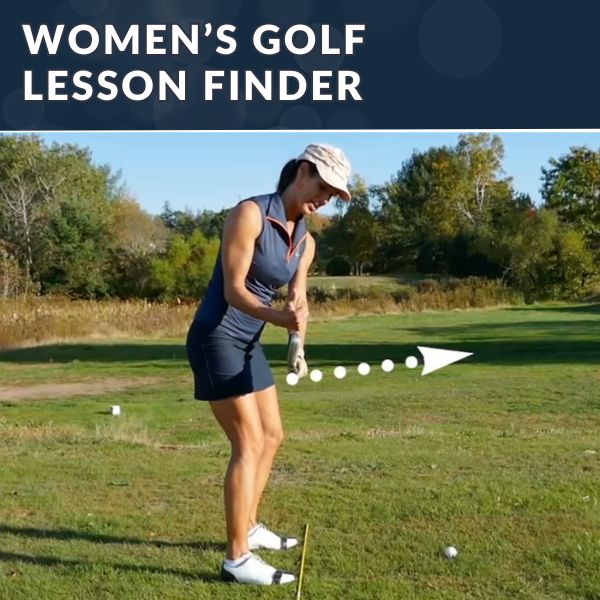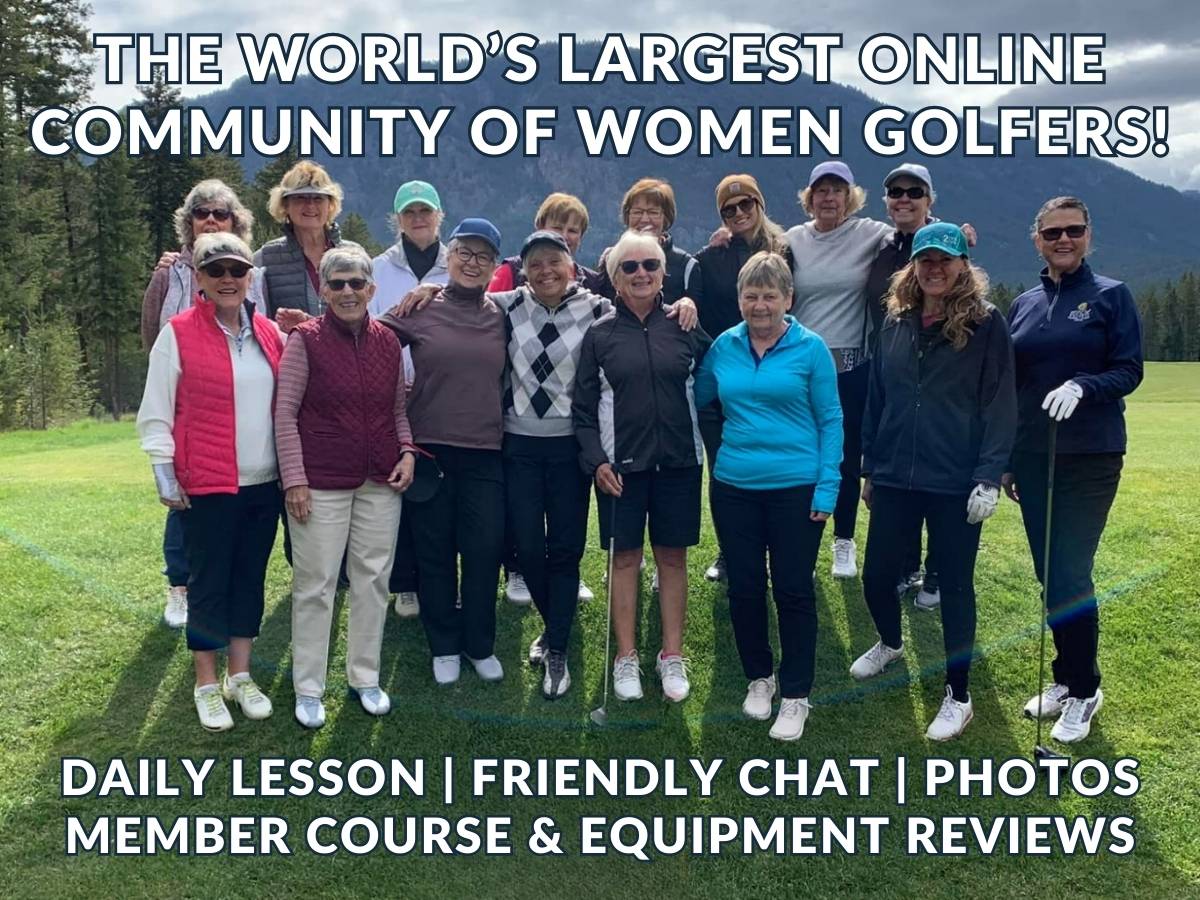Note from Nancy: Every now and then, I see an opportunity to go behind the scenes of a golf tournament and explore a very important topic that receives very little attention. This is one of those times!
__________________________________________
The golfers arrive, the fans arrive and the first ball is hit and the Solheim Cup begins! But before all that happens – in fact as far back as two years ago – John Miller the LPGA Tour Agronomist, began working with golf course superintendent Rick Tegtmeier to prepare the Des Moines Golf and Country Club golf course in Iowa for the Solheim Cup.
For starters: An “agronomist” studies “agronomy.” Agronomy is the science and technology of producing and using plants for food, fuel, fiber and land reclamation. Agronomy is a broad and big field and increasingly environmentally significant.
But for my purposes here, agronomy is all about the golf course: The fairway grass, rough, greens, shrubbery, general terrain and preparing the golf course for tournament competitions including pin-placements. Golf course agronomists have specialized knowledge of plant and grass species, nutrition, disease and pest control, drainage and irrigation issues and the preparation required for unforeseen weather and playing conditions. It’s no easy job!
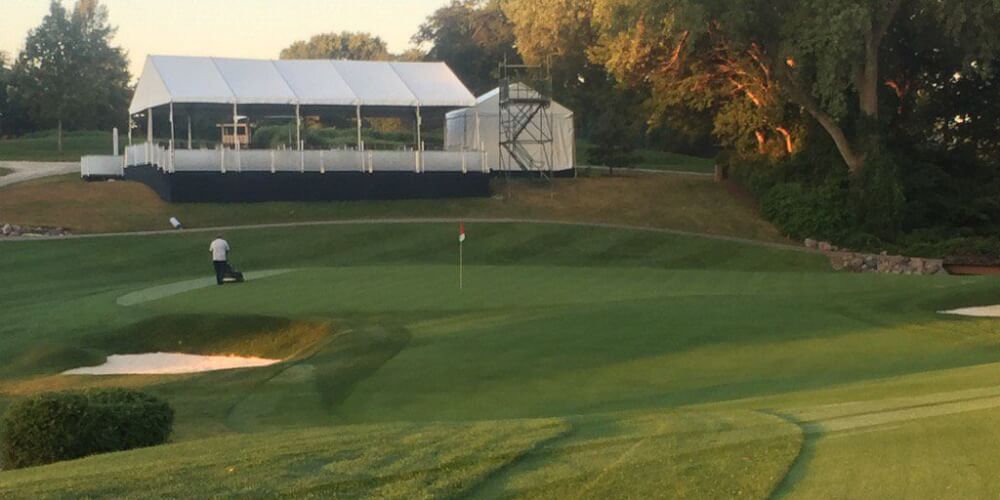
As important as they are, agronomists get very little public recognition or attention. In fact, I don’t ever recall an agronomist being introduced or discussed as part of a televised golf tournament. The golf course architect is praised and the course superintendent gets a big “Thank You” for keeping the course in great shape. But no one talks about the “agronomist” behind the scenes who is a key participant in preparing the “stage” for this event.
I decided to change that. With the cooperation of the LPGA, I arranged to interview John Miller the LPGA Tour Agronomist. I wanted to learn more about his role in preparing the Des Moines Golf and Country Club (DMGCC) in Iowa for this 2017 Solheim Cup.
In the way of background, John is a Certified Golf Course Superintendent (CGCS), which means that he has met all of the criteria set forth by the Golf Course Superintendents Association of America and its Certification Committee including testing and having his golf course work attested to by other certified golf course superintendents. (Shorthand: John is a “Golf Course Agronomy Expert.”)
An Interview with John Miller, LPGA Tour Agronomist
Q. When did you first visit the Des Moines Golf & Country Club?
A. I made my first visit to Des Moines Golf and Country Club in the fall of 2015. The club was undergoing a renovation over a 4-year period doing nine holes at a time. During this visit, the construction of the two tournament nines was just wrapping up so it was a good time for me to get a look at the almost finished product. Rick Tegtmeier the DMGCC Course Superintendent, is great, and he has a very knowledgeable staff. So I knew the grow-in of the renovation would be well done. I followed up with a visit in the spring and fall of 2016 and then two visits this year prior to the event. I think that adds up to five visits. And, of course, I will be there for the Solheim Cup tournaments.
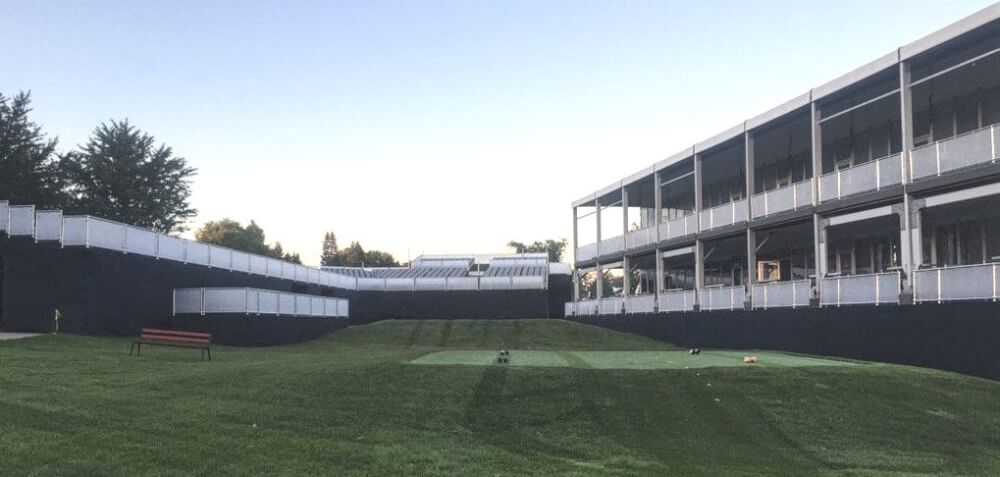
Q. What input do you have into the hole and tee locations? And explain how you coordinate with the LPGA Rules staff.
A. When it comes to selecting hole and tee locations – setting the total yardage – the LPGA Rules staff takes care of that. The LPGA employs eight rules officials who handle all of the tournaments on the LPGA schedule. They are experts in setting up golf courses from a playability aspect as it pertains to the players and the rules of golf. They have a deep understanding of the game of golf and how to apply the rules. They are not agronomists; so, that is why we work together to produce the conditions that make the golf course play to championship caliber.
Once the Rules Staff sets the yardage for the course, the tee-placements are determined. I discussed with Rick our strategy to save those locations for the Solheim Cup – so they would be in good condition for the tournament.
I also talked with Rick about the LPGA’s strategy for selecting hole locations so that he would know what areas of the greens to protect as we closed in on the tournament dates. That requires staying away from those locations where the tournament pin placements might be.
During each of my visits, Rick and I talked about what our strategy should be going forward and, in particular, how the different seasons may affect that strategy. As I said, Rick was great. We communicated often and adjusted the strategy to the changing weather conditions.
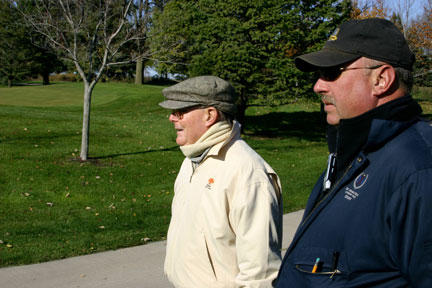
Q. This course was designed by Pete Dye – a very famous and respected golf course architect. Are there some characteristics of this course that you think make it especially challenging for Solheim Cup players?
A. This is a golf course where in order to score or be successful, you must put the ball in the proper position on the fairway to make the proper shot into the green based upon the pin location. The strategy for each hole can be changed with the changing of the hole. This is not a course where you can just hit it in the fairway and then onto the green. If you really want to perform well, you must be in the correct position on both the fairways and greens.
Q. How much input do you have in the length of grass on the fairways? Do you have input in shaping the fairways, for example, letting the rough grow higher in places?
A. I worked with and advised the LPGA Rules staff a number of years ago in setting up the guidelines for LPGA events. We will typically stay within those guidelines knowing, of course, that we may have to adjust them when weather or course conditions warrant.
If changing the shaping of a fairway is needed, for example, narrowing a fairway, this is an area that I work with the rules officials and the superintendent as well as the host club officials. We make the suggestions as to what we would like to see if it is different than what is normally maintained and only if the club adopts our suggestions. I work with the superintendent to make the changes happen. I also stay in close communication with the key club members so that any change we want to make for this tournament will also be for the future benefit of the Club and its members.
Q. What is your role in determining how hard or easy the course plays? And, when do the players know the pin placements for each round?
A. The hole locations are determined by the Rules Officials, who look to provide a balanced golf course every day. What I mean by that is just as many tough hole locations as easy hole locations, a balance between left, right and middle-hole locations. They take into consideration the wind direction and wind speed for each day. The idea is to give the players a golf course that will challenge them, make them think and make them have to produce the proper shot to get the proper result. Hole locations also come into the decision of green speed and vice versa. If we have undulating greens, we may elect to keep the green speed slightly slower to preserve some great hole locations the architect has designed. On the other hand, if we have the greens too fast, we may lose some of those locations as they may become unfair because a well-hit putt may not be able to stop within a reasonable distance from the hole.
The players know the holes locations when they receive that day’s hole-location sheet on the first tee or their caddy receives it at the caddy tent. But, they have been able to have a practice rounds on the course so they have taken their notes also!
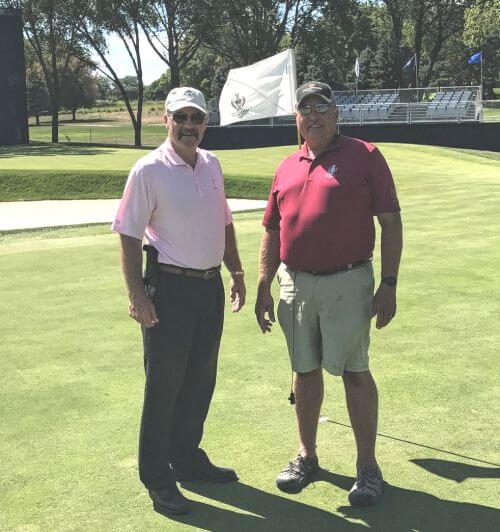
Q. How many grounds-keepers are there setting up the course and maintaining it on the three days of play?
A. Rick has his entire crew that he uses for all 36 holes plus the club grounds crew. And he also has volunteers coming in not only from around the Des Moines area but also from around the country. Rick has a lot of friends in the industry and they are coming out for him. We will have over 50 grounds-crew working every day starting on Monday when the Junior Solheim Cup begins and going through Sunday of tournament week. Having the large grounds-crew-team for this event is a tremendous asset for the tournament!
Q. About the weather: When do you start watching it closely and can you plan ahead for weather changes?
A. I actually started watching it when I made my first visit back in 2015 – not closely, but watching it – looking for trends in the weather patterns. The area was actually pretty blessed by the weather over the past two years. No major storms or droughts, a few periods of heavy rain and then in the month or so leading up to the event we did have a somewhat brief period of relatively hot dry weather, which we are still experiencing. Rick was in contact with me and we modified our strategy and the golf course looks great now – with just a few days prior to players and fans showing up.
Q. You have great experience as an agronomist and setting up courses. Are there certain preferences and characteristics of professional women golfers that differ from their male counterparts that affect the way you set up the course?
A. I have set up courses for men and women –, professionals and amateurs. It is a bit of a challenge setting up for the women. All of the women out on the Tour have proven that they deserve to be here; yet, all of them cannot carry the ball or drive the ball the same distance as the men. It becomes a challenge to get the right set up, especially if you have “forced carries” over water, for example, on certain holes. We must make sure that we do not have a hole where the carry is so long that a short hitter cannot put the ball into play. But, we do not set a course up so short that it is not a challenge for our longer hitters. That is what is so great about working with the women, they make you bring your “A” game when setting up so that you can make them bring their “A” game” when playing!
Nancy’s Final Note: A special “Thank You” to both John and Mark for taking the time out of their very, very busy schedule to inform us all about the preparation required for a major event like the Solheim Cup.
For an informative up-close look at golf course agronomy, look at this NBC video: The Science of Golf: Golf Course Agronomy at http://www.nbclearn.com/science-of-golf/cuecard/69731




